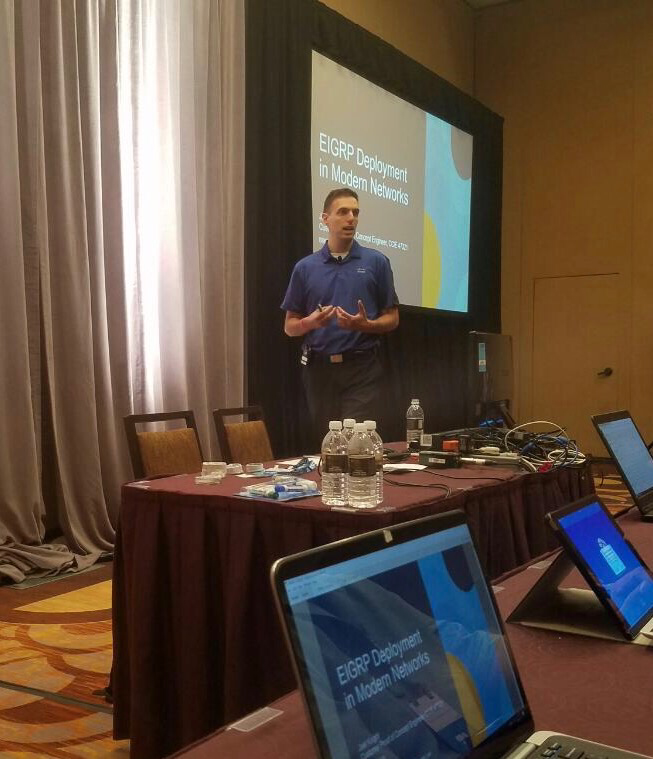Reflecting On My First Cisco Live! Presentation
Well, I got to tick a big item off my list of goals last week. I successfully delivered a presentation at Cisco Live! in front of a large group of people. It didn't kill me and I didn't trip over anything and embarrass myself so no matter what, I have those two points to feel good about :-)

Me starting my presentation
All joking aside, it actually went a whole lot better than that.



 AT&T buys Brocade's Vyatta assets; Cisco puts more focus on 'Meraki-fying' its software business.
AT&T buys Brocade's Vyatta assets; Cisco puts more focus on 'Meraki-fying' its software business.